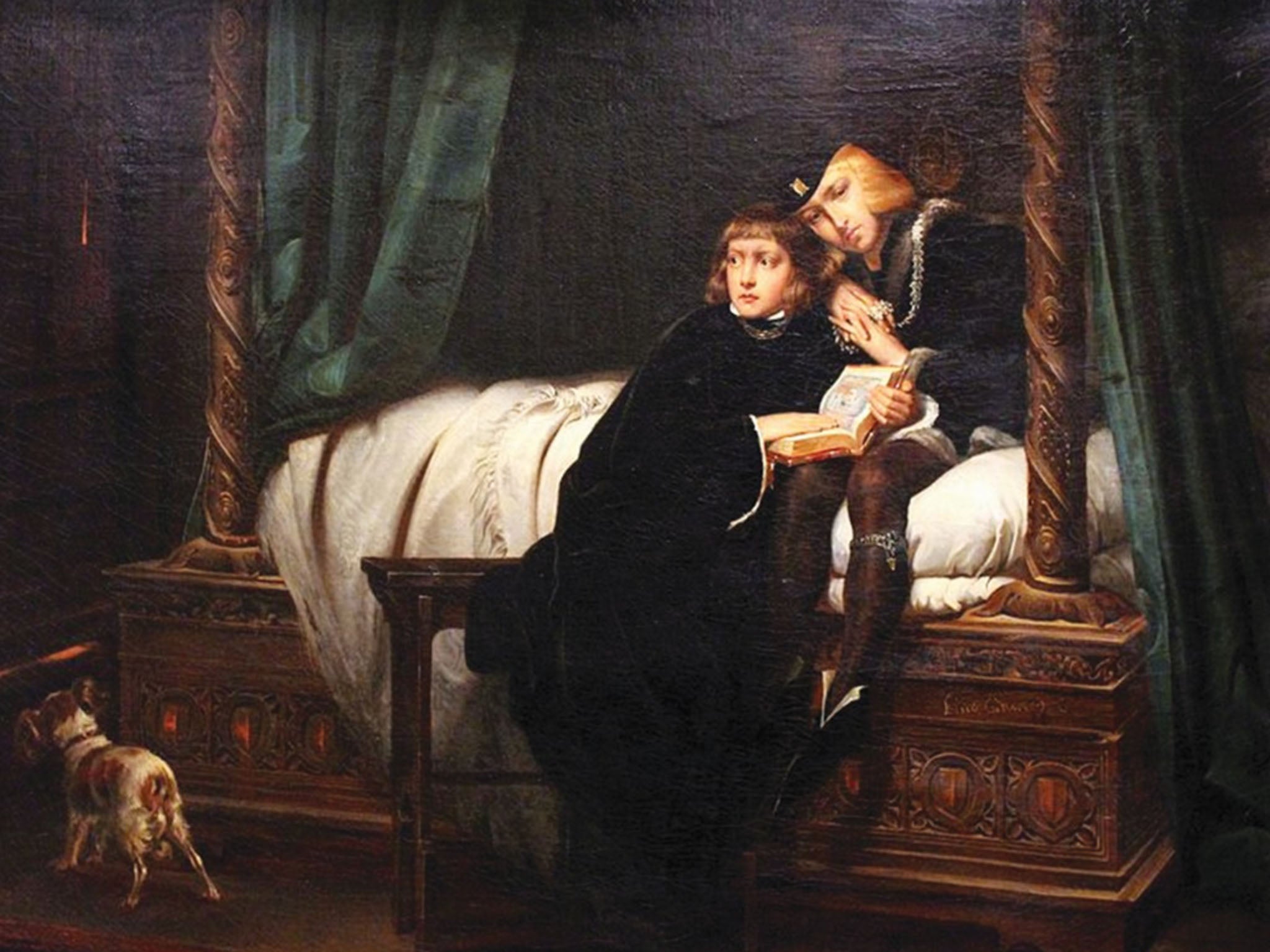For half a millennium, the world believed one of history’s darkest tales — that King Richard III, the hunchbacked monarch vilified by Shakespeare and generations of historians, murdered his young nephews, the so-called Princes in the Tower, to steal England’s crown.
But now — in a revelation that could rewrite the history of the English monarchy — new evidence has surfaced that turns that legend on its head.
 📜 The Discovery That Changes Everything
📜 The Discovery That Changes Everything
The breakthrough comes from historian Philippa Langley, the same researcher who stunned the world in 2012 when she uncovered Richard III’s remains beneath a Leicester car park. Through her Missing Princes Project, Langley and her team have now found a series of 15th-century manuscripts, letters, and contracts hidden in archives across Europe — and what they reveal is nothing short of explosive.
According to the documents, Richard III may not have been the boys’ killer — but their secret protector.
“We’ve been living with a Tudor-crafted myth for centuries,” Langley said. “The evidence shows a very different Richard — one who was fighting to keep his nephews alive.”
/https://tf-cmsv2-smithsonianmag-media.s3.amazonaws.com/filer_public/86/21/8621e241-5871-49d5-ab95-a4020ba7bc70/richard-iii.jpg) 🏰 The “Lost Princes” May Have Lived — and Fought Back
🏰 The “Lost Princes” May Have Lived — and Fought Back
Among the findings is a receipt dated 1487, showing that Margaret of Burgundy, Richard’s sister and the princes’ aunt, purchased weapons for troops “loyal to Edward V” — a shocking clue suggesting that the elder prince was still alive four years after his supposed murder.
Even more astounding is a Gelderland manuscript telling the story of a young boy — identifying himself as Richard, Duke of York — who describes being smuggled out of the Tower by men “faithful to my uncle.” His narrative claims he was sent across Europe under disguise, kept safe from those who sought his death.
Then came the most damning find of all: a 1493 military contract from Dresden, signed and sealed by “Richard of England.”
In it, a man claiming to be the younger prince offered gold and allegiance in exchange for troops to retake the English throne — proof that powerful European nobles recognized him as a legitimate royal heir.
 ⚖️ A Villain or a Scapegoat?
⚖️ A Villain or a Scapegoat?
For centuries, the Tudor dynasty painted Richard III as a monster — a child-killer whose ambition knew no limits. But if these discoveries are genuine, that narrative was nothing more than political propaganda designed to destroy his reputation and secure the Tudors’ claim to power.
A recently uncovered 1516 will from Sir James Tyrell, long branded as the princes’ assassin, adds another twist. In it, Tyrell leaves behind a gold chain belonging to Edward V, not as loot from a murder, but as a “token from one whom I guarded.”
If true, the entire foundation of Tudor legitimacy — and England’s accepted history — could be built on a lie.
 🧬 The Final Test Awaits
🧬 The Final Test Awaits
Historians are now demanding that the remains discovered in the Tower of London in 1674, believed to be the princes’, undergo modern DNA testing against Richard III’s verified genetic profile. Such an analysis could finally confirm whether the princes died in the Tower… or lived on under new names, their survival buried by royal decree.
“This isn’t just a historical mystery,” Langley said. “It’s the rewriting of an entire dynasty’s origin story.”
 👑 A King Redeemed?
👑 A King Redeemed?
If these findings hold, Richard III — long seen as England’s most notorious villain — may emerge as one of its greatest victims. A ruler demonized by history, condemned by propaganda, and betrayed by time.
👉 Click the link in the comments to see the uncovered manuscripts, rare images of the ancient contracts, and exclusive interviews with Langley’s team.
Because 500 years later, the truth is finally clawing its way out of the shadows of the Tower —
and it might just redeem the king history damned. ⚔️





